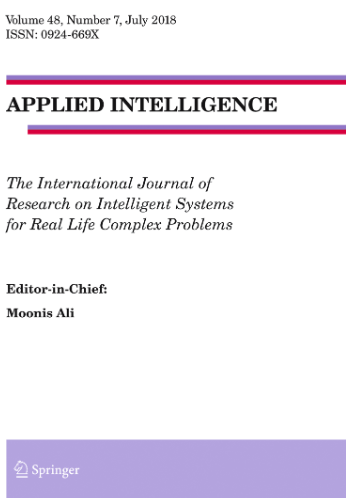In the cloud computing domain, significant strides have been made in performance prediction for cloud workflows, yet link prediction for cloud workflows remains largely unexplored. This paper introduces a novel challenge: joint node and link prediction in cloud workflows, with the aim of increasing the efficiency and overall performance of cloud computing resources. GNN-based methods have gained traction in handling graph-related tasks. The unique format of the DAG presents an underexplored area for GNNs effectiveness. To enhance comprehension of intricate graph structures and interrelationships, this paper introduces two novel models under the DAGCN framework: DAG-ConvGCN and DAG-AttGCN. The former synergizes the local receptive fields of the CNN with the global interpretive power of the GCN, whereas the latter integrates an attention mechanism to dynamically weigh the significance of node adjacencies. Through rigorous experimentation on a meticulously crafted joint node and link prediction task utilizing the Cluster-trace-v2018 dataset, both DAG-ConvGCN and DAG-AttGCN demonstrate superior performance over a spectrum of established machine learning and deep learning benchmarks. Moreover, the application of similarity measures such as the propagation kernel and the innovative GRBF kernel-which merges the graphlet kernel with the radial basis function kernel to accentuate graph topology and node features-reinforces the superiority of DAGCN models over graph-level prediction accuracy conventional baselines. This paper offers a fresh vantage point for advancing predictive methodologies within graph theory.



